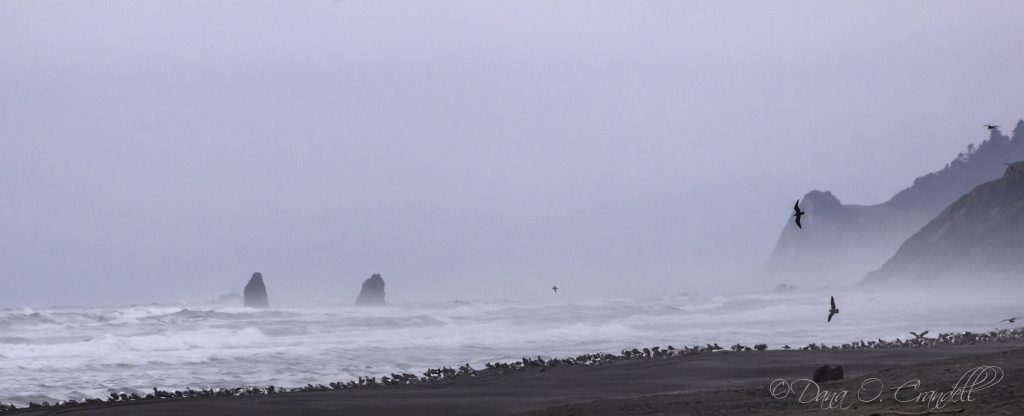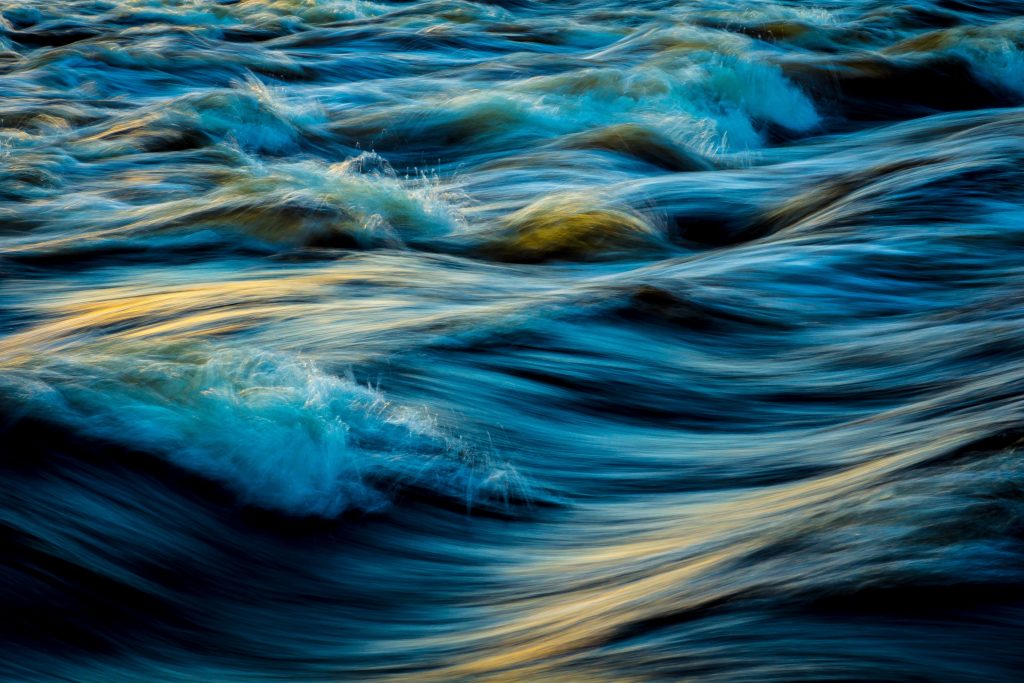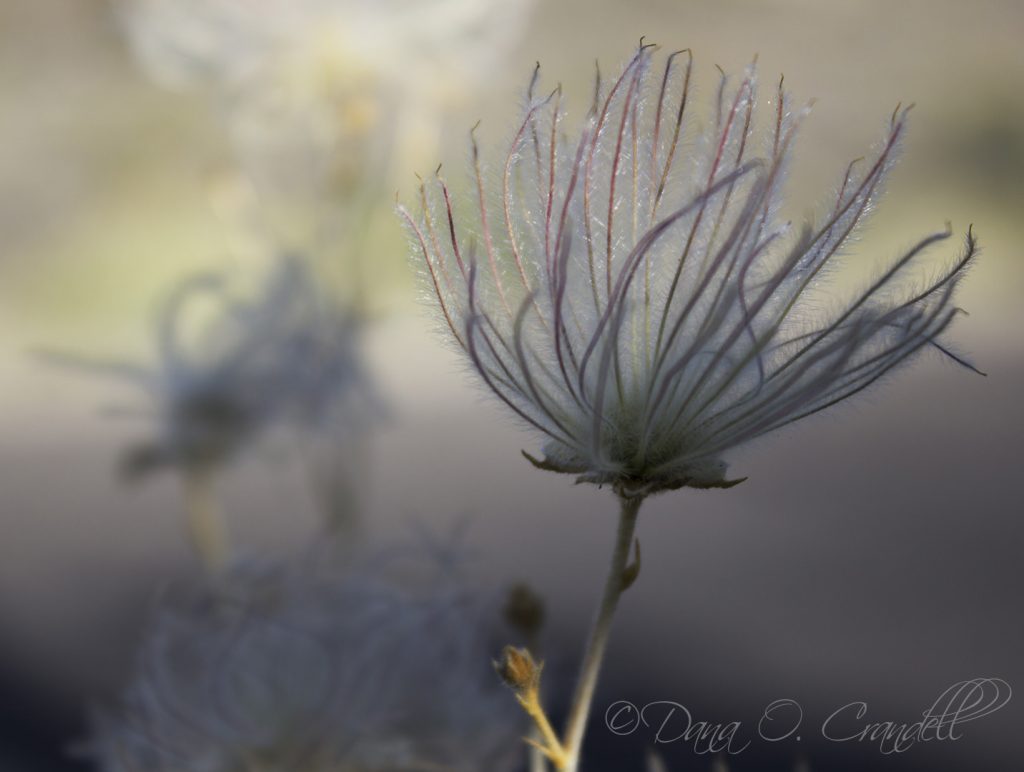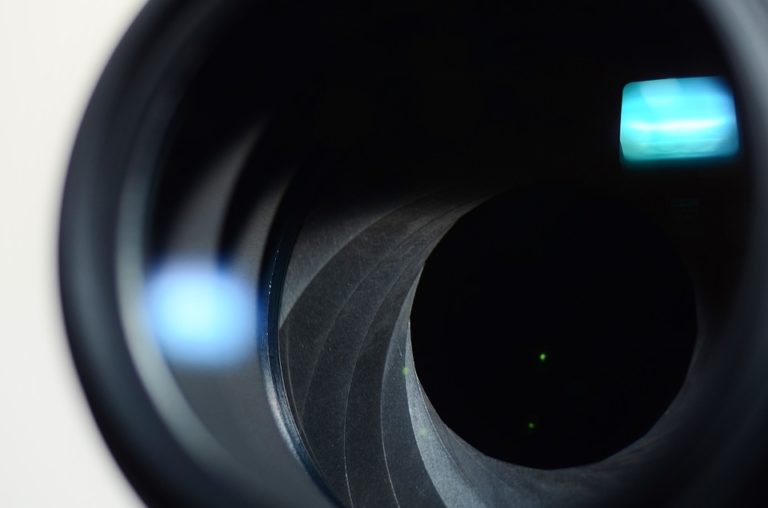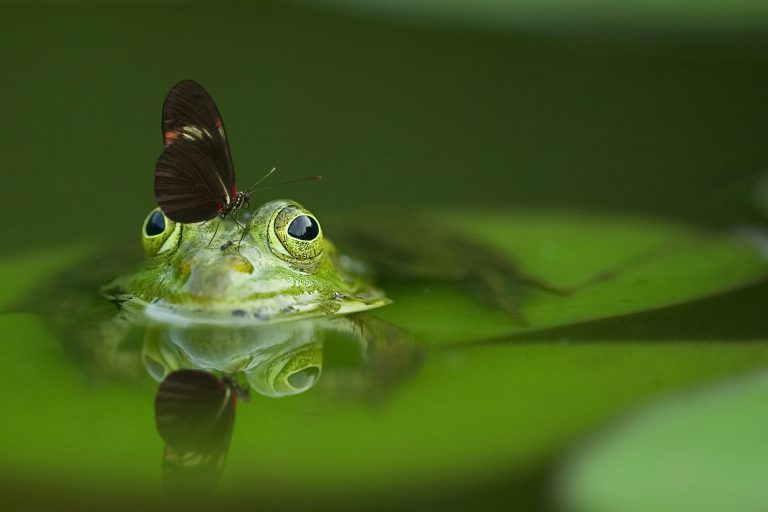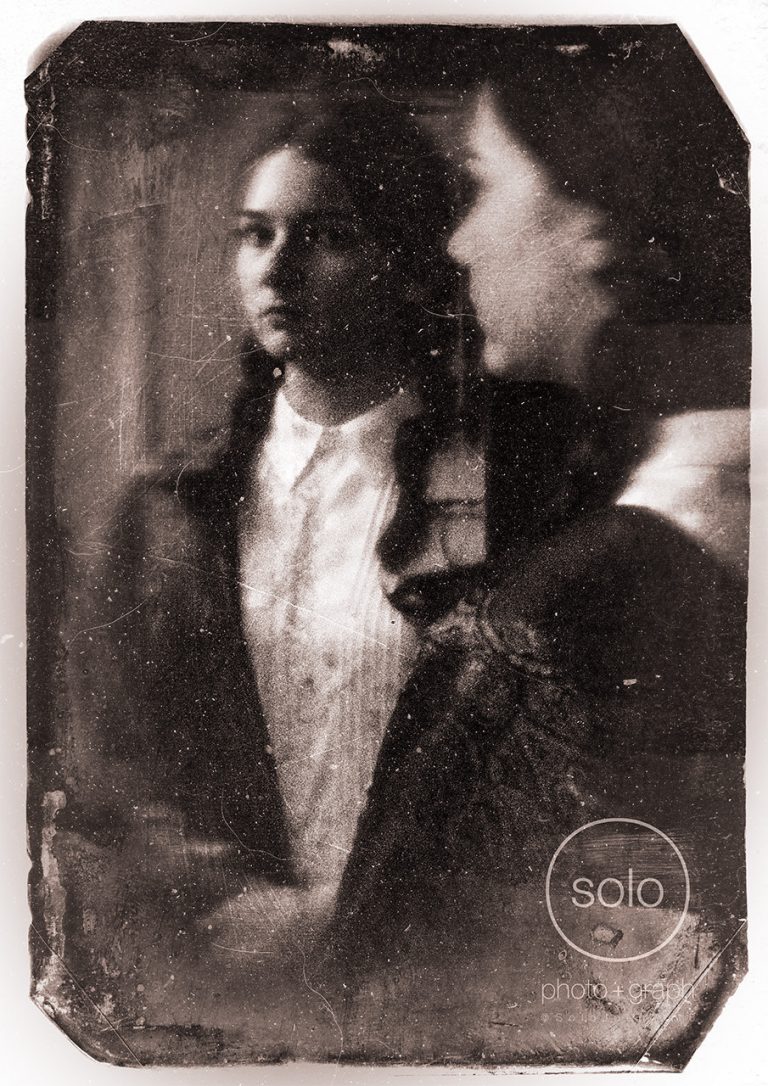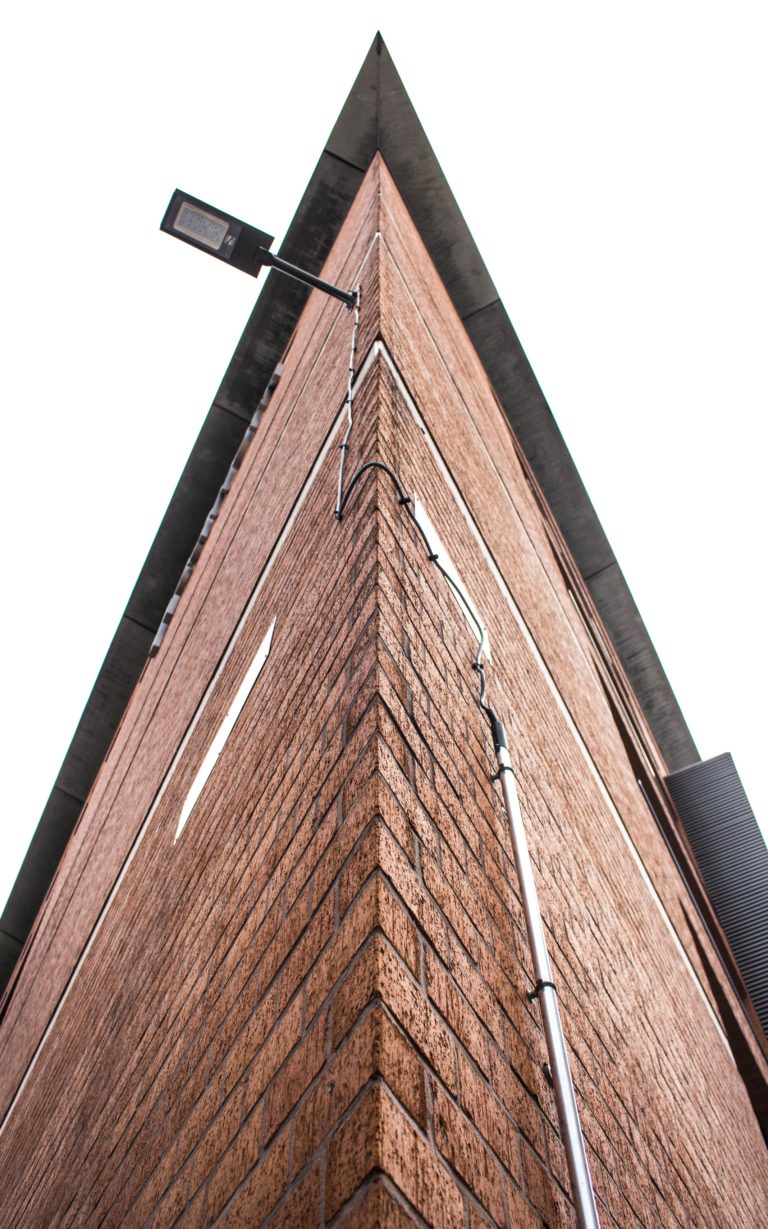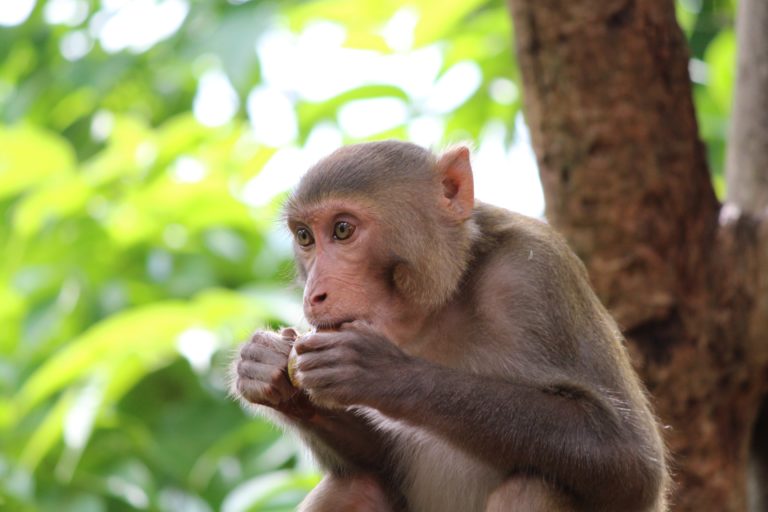Creative Nature Photography: 13 Tips to Help Get You Outside the Box
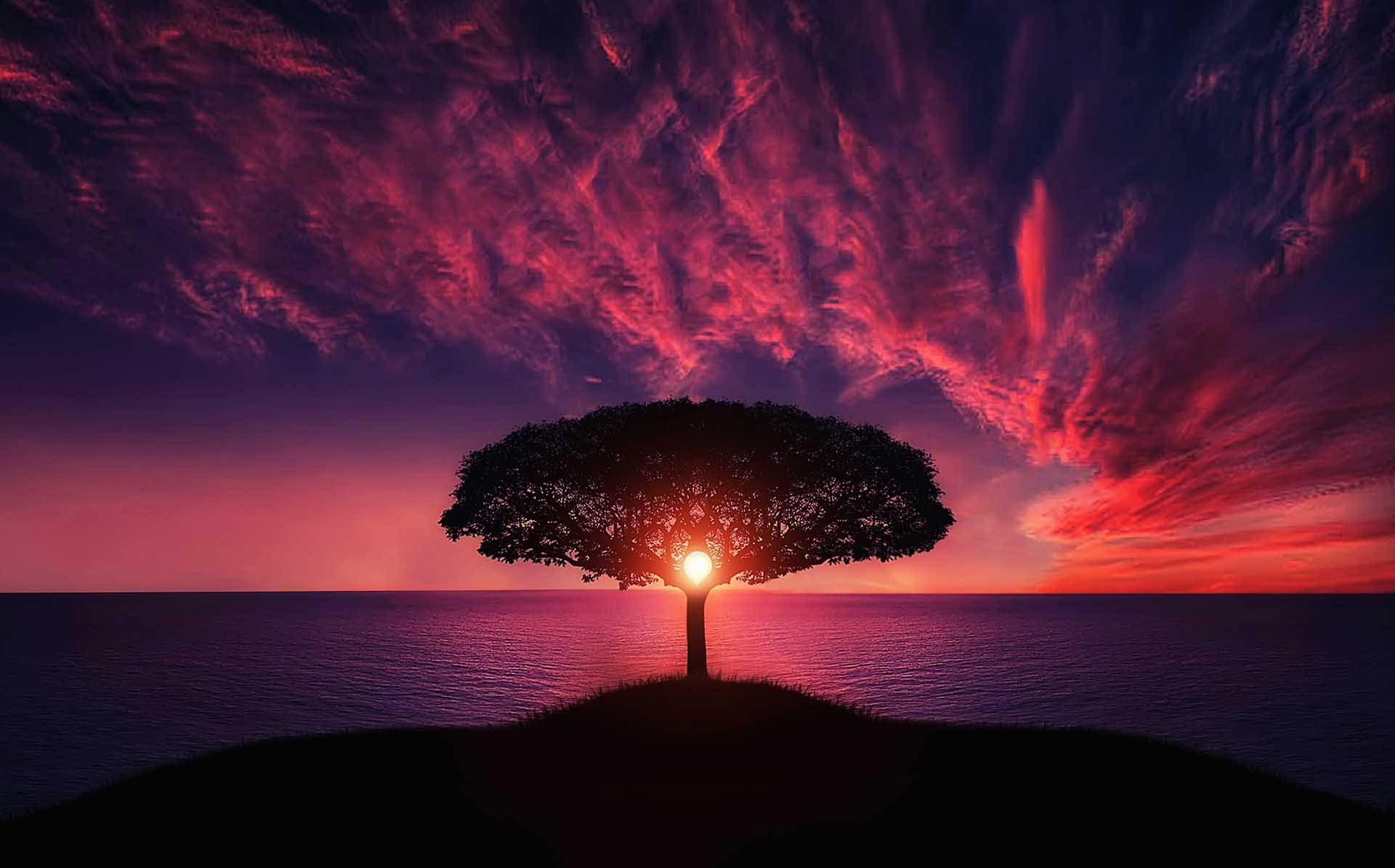
For some of us, there’s nothing that can compare with spending a day, a week or a lifetime photographing the wonders of nature and the outdoors. There’s also nothing quite so disappointing as coming home with nature photography shots that just don’t reflect the emotions we felt while we were there.
If that happens to you more often than you’d like, you may be doubting your photographic skills. Chances are, however, that the problem isn’t with your skills, but more about your mindset.
It’s not uncommon to fall into creative ruts in photography, so in this article I’m going to offer a few creative nature photography tips and suggestions for making more engaging nature photos. The common theme you’ll notice in these tips is an emphasis on creativity, rather than technical expertise.
Creative Nature Photography Tip #1: Forget the Postcard Shot
Have you had someone tell you that your photo belonged on a postcard? If so, you can probably assume that it was meant as a compliment. When it comes to your mindset out there, however, consider looking for just the opposite.
I touched on this in my previous article in reference to landscape photos. It holds just as true for wildlife and any other nature photography. If you’re trying to capture the same kind of photos as everyone else, you need to kick-start your creative muse.
#2: Embrace Chaos
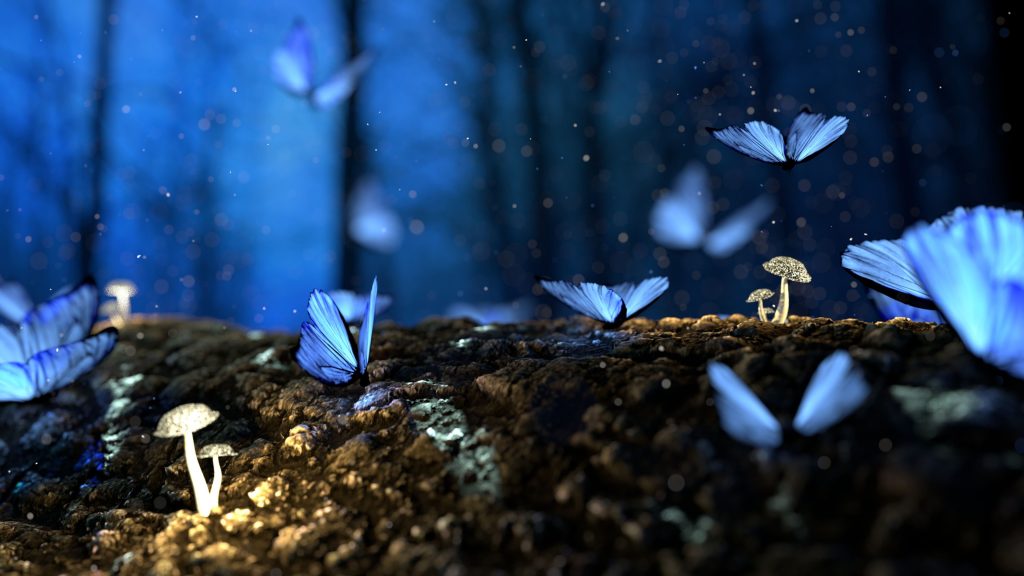
The outdoors isn’t a structured, orderly environment. If you want to depict it and its inhabitants accurately, you’ll need to be willing to occasionally let go of order. Nice, straight lines and uncluttered scenes are great, but they rarely exist on their own.
Jumbled, chaotic compositions are effective if that’s how the scene should “feel”. Lots of blurring indicates a flurry of motion. Perspective distortion is a wonderful way to indicate height or depth.
Start thinking about some of the things you try to avoid in your photos as creative tools.
3. Capture What You Can’t See
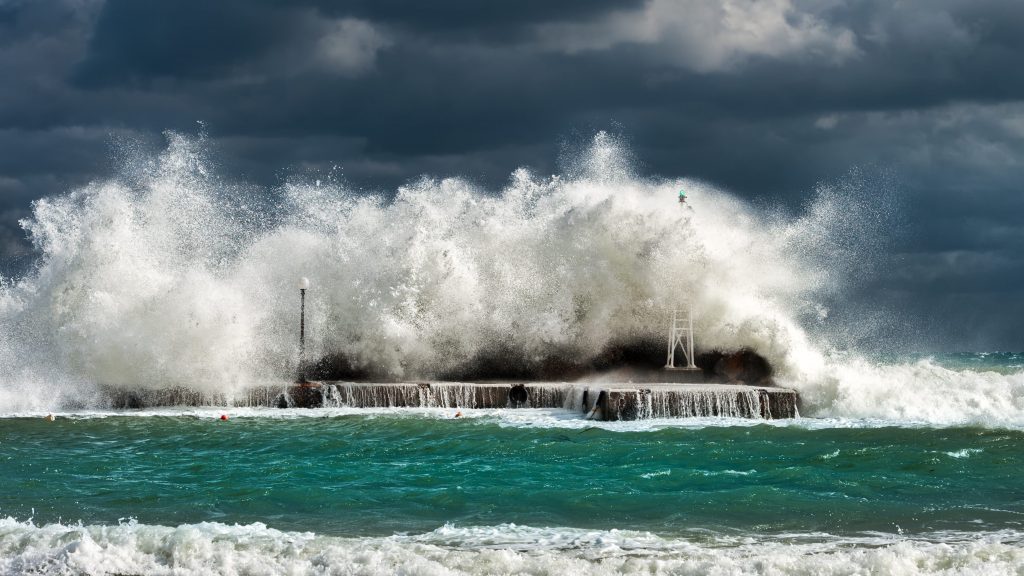
The wind is invisible, but you can see its effects on leaves, water, fur and other things. The sound of waves crashing against rocks can’t be photographed, but the force that causes it can. Desert heat can’t be felt in in a image, but distortion caused by heat waves can indicate its presence.
All of the examples above are excellent ways for viewers to connect to your photos. When you’re capturing wildlife and nature, use all of your senses. Consider ways to show viewers what those senses are showing you.
You’ll be impressed with the life this will breathe into your photos.
4. Get Closer
Robert Capa once said, “If your photos aren’t good enough, then you’re not close enough.” Although Capa was a combat photographer, there are times when these words apply to your nature shots.

The intricate shape and structure of a single leaf or blossom can be even more captivating than an entire tree. The eye of an animal may tell a story that can’t be seen from a distance. Getting close to a seashell on the beach will let you use its surroundings to convey a sense of scale.
You don’t have to shoot macro photos to follow this tip, although it’s one good possibility. Just be willing to narrow the field of view when it brings out something that might otherwise be missed.
5. Back Away
You knew this was coming next, didn’t you? What a clever photographer you are!
It’s easy to become so caught up in capturing a nature subject that you forget about its surroundings. Those surroundings can sometimes tell a story of their own or simply enhance the one you’re telling. See the bigger picture before – or after you move in for the close shot.
How do you know when to go with the wider view? Remember, you’re telling a story. If the surroundings add context, include them.
6. Pay Attention to Negative Space
This is closely related to the previous tip, but worth a separate look.
Negative space is loosely defined as “anything in an image that isn’t the subject.” You’ll find lots of discussion and even arguments about its meaning. The important thing, though isn’t how you define it, but how you use it.
This space can be used to indicate scale, give moving objects somewhere to go, balance compositions and avoid a cramped feeling, just to name a few uses. Always consider it and use it when it adds to your nature photography.
On the other side of the coin, don’t be afraid to eliminate the negative space when you want to emphasize confinement.
7. Shoot for the Illusion
Nature gives us some wonderful optical illusions. A shadow cast by a plant, animal or rock can provide an unexpected (mis)representation of that object. A reflection can be just as deceiving., especially on a moving or uneven surface.
While you’re surveying a scene, consider how you might be able to confuse viewers enough to encourage them to look closer. This can be a very powerful connection.
8. Focus Selectively
One habit that a nature photographer tends to develop is shooting for maximum depth of field. That’s a habit that you should occasionally break.
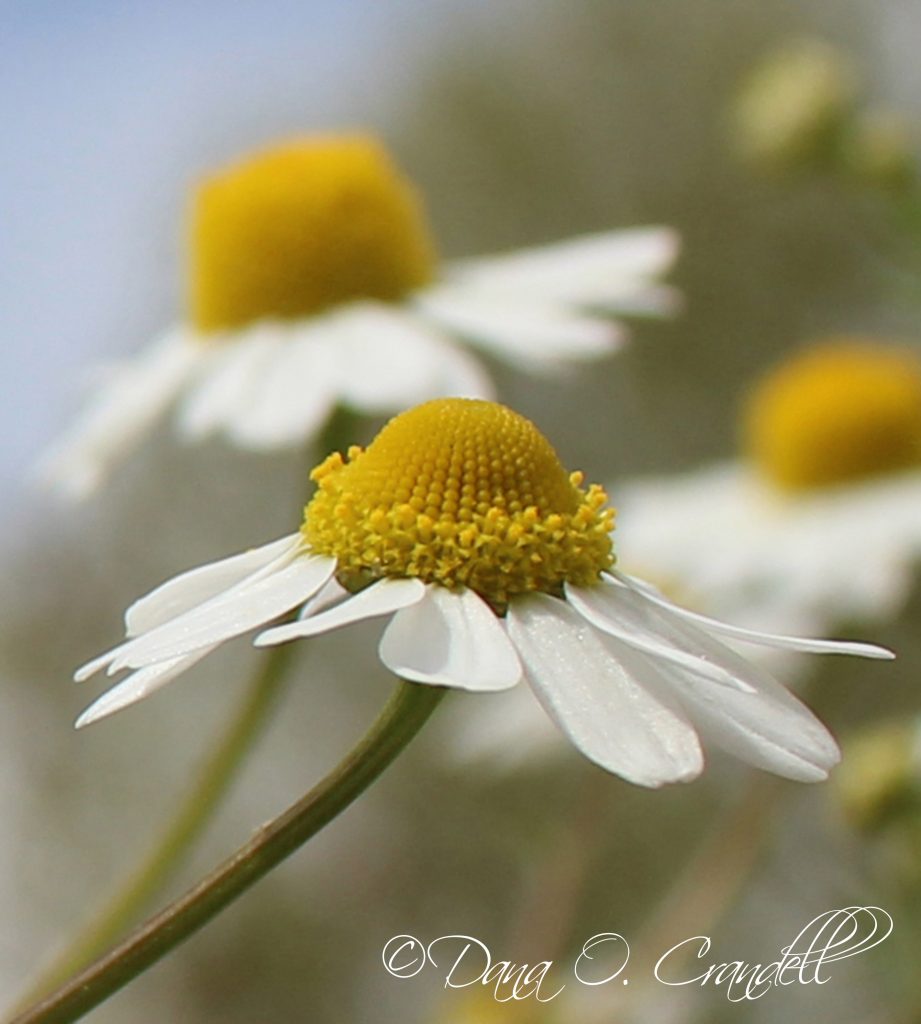
A wider aperture and very careful focusing can isolate your subject or part of it in unusual and effective ways. You can use it to “see through” foreground clutter or blur out distractions in the background. You can even work those bokeh effects to create a little bit of altered reality.
Longer lenses tend to have shallower depth of field, to give you more creative latitude with these ideas.
If you’re interested in mastering the technical side of nature photography, be sure to check out our article on the ideal camera settings for nature photography.
9. Bring Your Own Background
Some of the best nature photos aren’t completely natural. I’m not suggesting you should go out there and “fake it” but there will be times when you can build a more interesting shot with a little preparation or improvisation.
A piece of poster board or colored charcoal paper can isolate a subject nicely without doing any damage to the environment. This can be a good option for shooting flowers without cutting them and similar situations. You can do the same with small animals, insects, etc. if you can keep them in the frame.
Use this with the selective focus tip above along with your imagination to get even more creative.
10. Play With Refraction
While we’re on the subject of backgrounds, let’s discuss a technique that’s become a bit cliché, but it’s fun and popular, so it’s worth mentioning.
You can create interesting nature images with natural or placed drops of liquid by focusing on the refracted image of something behind those drops. You can also use other transparent globes or other shapes. If you’re so inclined, you can purchase acrylic or glass spheres specifically for this purpose.
The methods and various effects you can achieve are far beyond the scope of this article. If you’re not opposed to some special effects, you can get incredibly creative with this idea, so do some research.
11. Try an Impressionistic Approach
You may be able to create an interesting image by rendering a natural scene in a way that only hints at its contents. Like using optical illusions, this can draw viewers into an image by simply encouraging them to look closer.
There are several methods you can use, including softening the overall focus, shooting for extremely high contrast, or shooting through a textured filter or object. You can, of course, use post-processing techniques to achieve the effects, too.
A word of caution: this technique is very easily overdone.
12. Go Abstract
Some photographers push the altered reality theme even further by creating completely abstract images with subjects in nature. Others insist that this places the images in a different genre and refuse to follow suit.
Which group is right probably isn’t important. What matters is whether you find it interesting and worth your time and effort. If so, there are more than enough natural subjects with interesting shapes, textures, colors and contrast to keep you busy for years.
13. Work the Light
Don’t forget to pay attention to that wonderful natural lighting.
When working with static subjects, try finding a camera angle that lights them from behind for silhouettes or to give translucent objects an inner glow. With a minor adjustment, you can create rim lighting.
Golden Hour sunlight can give your images those nice, warm tones. The low angle of the sun can also create long shadows that can be used in your compositions. Look for interesting patterns created by the midday sun filtering through trees. Play with lens flare.
Learn to use the light as another creative tool.
Summary
Nature photography is a wonderful genre with literally a whole world of subject matter. It’s also one of the most popular niches. That can make it difficult to create images that stand out among the thousands out there.
Creating outstanding nature photos is often a matter of creative thinking, rather than producing technically perfect images. The tips in this article are designed to help fuel that creative process. They’re not intended to be meticulously followed, but as a launch pad for your own unique ideas.
What’s your favorite creative nature photography secret? Share it with other readers in the comments!

